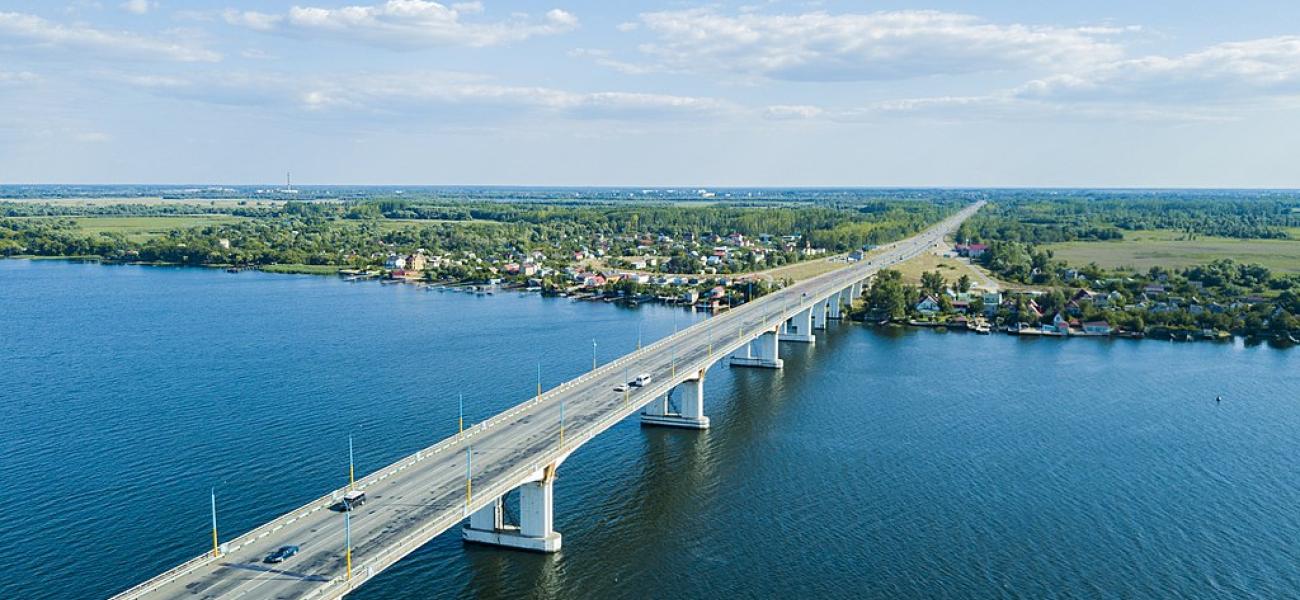In the Thick of It
A blog on the U.S.-Russia relationship
Kherson in Fog of War: Russia Seems Intent on Partial Retreat but at High Cost for Ukraine
A recent visit to Ukraine with several colleagues from the military analysis community, including areas near the front in Kherson, has left me with the following thoughts and impressions about the current course of the war.
The general sense one gets is that Ukraine is winning and morale is high, but, as with any military operation, you see friction up close that you can’t from a distance. A fair bit of the Ukrainian effort comes from the ground up, based on horizontal linkages, volunteers, apps, etc.
Russia’s military appears at its most vulnerable going into the winter, but Ukraine has seen some modest impact from the Russian mobilization. Troops are being deployed to try to stabilize Russian lines and increase force density relative to terrain.
The situation in Kherson is clear as mud. Russian forces seemed to have withdrawn from some parts, evacuated and drew down, but also reinforced with mobilized personnel. The fighting there is difficult. Despite constrained supply, Russian forces do not appear to be out of ammo.
I think this is a fog-of-war issue right now, with contradictory indicators, but to me the preponderance of evidence points to a Russian decision to steadily retreat from the right riverbank and avoid being cut off there, while also trying to exact a high cost.
Ukrainians I spoke with seemed optimistic they can press Russia out of Kherson (west of the river) by the end of the year. There are outstanding questions about the Khakovka dam, and whether Russia might sabotage it upon withdrawal. This issue is more salient than talk of “dirty bombs.”
Still, it remains unclear whether Russia intends to fight for Kherson city, perhaps using more expendable or mobilized units while preserving better troops. I'm skeptical Russia would abandon all positions on that side of the river without being forcibly pressed out but could be wrong on this.
Forcing a Russian retreat from Kherson’s right bank would bring Ukrainian systems within range of some ground lines of communication from Crimea. But it would also give Russian forces a large natural barrier, less terrain to defend and a higher force density (force-to-terrain ratio).
Overall, it seems unlikely that the war will die down over the winter, even if some months make offensive operations challenging. Ukraine will likely leverage its advantage in range and precision to attrit the Russian military over this period.
Strikes across Ukraine are leading to blackouts and electricity conservation. Ukraine is resolving these blackouts quickly and, if anything, the bombardment campaign bolsters resolve, but over time the challenges from these strikes could mount, straining equipment and air-defense-system ammunition.
I’ve been dismissive of the Belarus vector, despite recent Russian deployments there. But the situation merits tracking over the coming months if numbers of Russian troops grow and they are provided heavy equipment.
Mobilization, and its potential downstream effect three to four months from now, introduces a degree of uncertainty. It could extend the war, or make future Ukrainian offensives more costly, but I think Kyiv is preparing for a range of possibilities depending on what mobilization yields. (On mobilization I largely hold to the thoughts laid out in an earlier thread: It seems Russia is taking a staggered approach, throwing some mobilized personnel with little training to stabilize lines, but holding many back to reconstitute units or form reserves.)
Russian strategy appears to be focused on defense over the winter, hoping that mobilization can rebuild their forces. If the pressure lets up, they will use the time to get more equipment out of storage (including from Belarus) and potentially ammo from sources like North Korea.
In the east, Russian forces appear desperate to hold the Troitske-Svatove-Kreminna line and are trying to dig in for the winter. Here a Ukrainian breakout could prove significant. In general, it seems Russia’s approach is to try to fix a defensible line and hope to maintain it over the winter.
Ukrainian objectives are likely to prevent Russian force reconstitution over the winter, generate additional forces in the interim (which requires more equipment) and acquire air defenses to reduce the threat from the Russian strike campaign against critical infrastructure.
Michael Kofman is research program director for the Russia Studies Program at CNA, a nonprofit research and analysis organization focusing on the safety and security of the U.S. This blog post (originally published as "Ukraine Trip Gives New Impressions on Course of the War") has been adapted with the author’s permission from a Twitter thread posted Nov. 3. The opinions expressed herein are solely those of the author.
Photo of the Antoniv Bridge across the Dnieper in Kherson by Yevhenii Ihnatiev, shared under a CC BY-SA 4.0 license.

